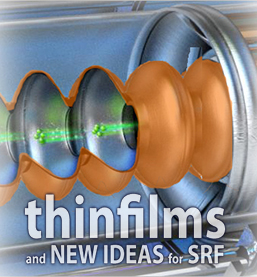Speaker
Description
Bronze route Nb3Sn growth is a well mastered technique used in conductor development which guarantees phase pure Nb3Sn at low temperatures, 600 – 750 °C. Use of bronze route will allow development of Nb3Sn coated Cu or bronze cavities which is much cheaper alternative to Nb3Sn coated Nb cavities. In addition, high thermal conductivity of Cu will facilitate heat removal from the superconducting coating efficiently. Nb3Sn films were grown on bronze substrates using two approaches and resultant films showed slightly reduced Tc, ~ 14 – 15 K due to the high strain in films induced by CTE mismatch between substrate and the Nb3Sn film. Nb films deposited on bronze substrates at 200 °C followed by a high temperature post-reaction (conventional bronze process) produced Nb3Sn films with ~24% Sn content and small grains. Nb3Sn films produced by sputtering Nb onto hot bronze, ~ 700 °C produced high quality Nb3Sn films with Sn content ~26% and columnar grains similar to structure zone 2 in Thornton structure zones. XRD measurements showed slightly large strain in the hot bronze samples compared to the post-reacted samples. This indicates high intrinsic stress in the Nb3Sn films produced with hot bronze approach compared to the post-reacted samples. In addition, we are investigating several different approaches such as evaporation of high Sn bronze films on Nb and use of multilayers on Cu substrate with Ta diffusion barriers to synthesize Nb3Sn coatings on Nb and Cu substrates.

